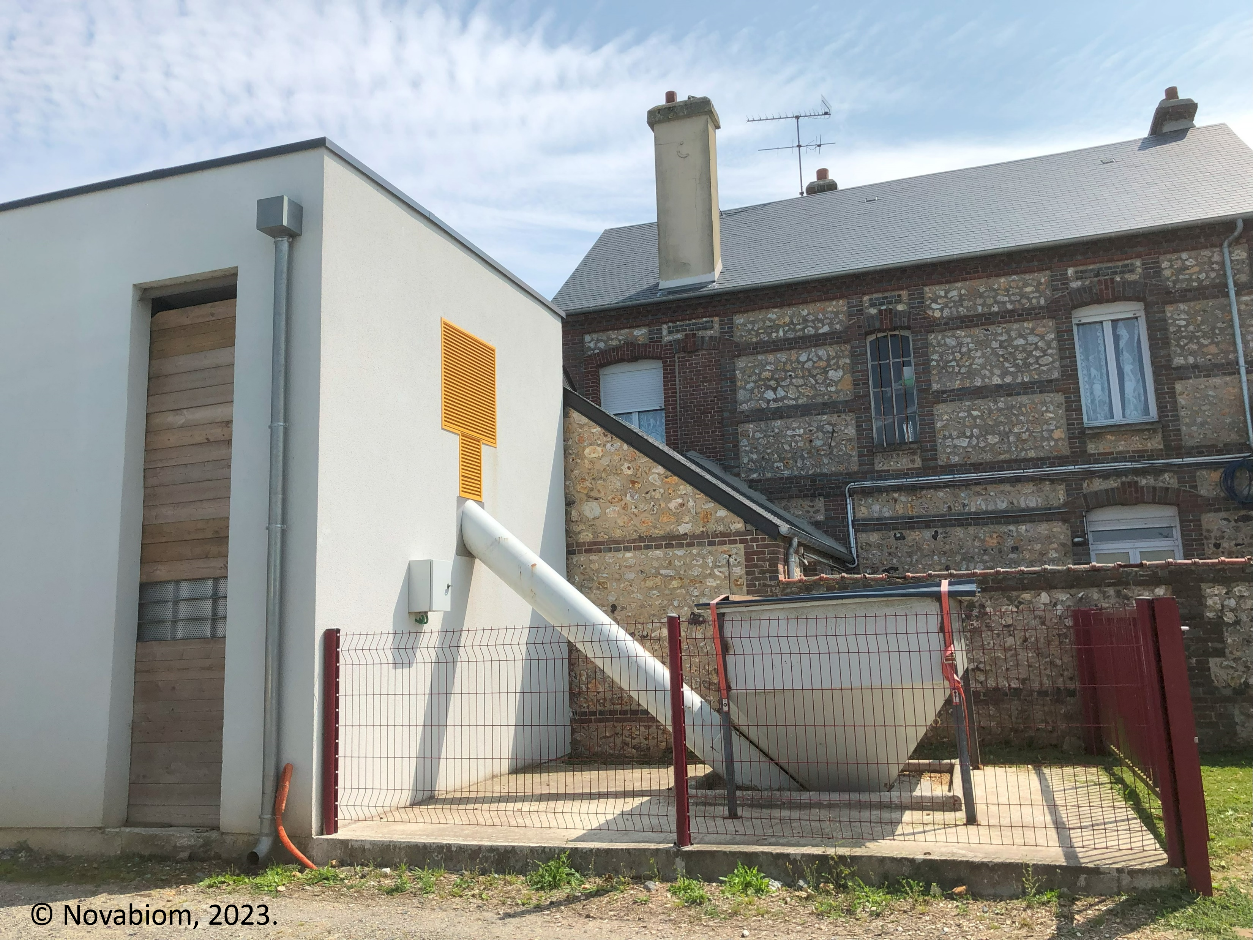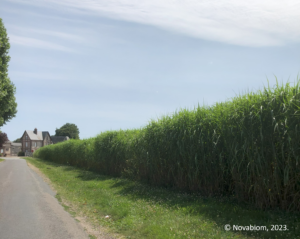
Carbon footprint of miscanthus-fired heating plants: storage outweighs emissions! reliminary results of an LCA (Life Cycle Assessment).
A life cycle assessment (LCA) of miscanthus boiler plants was carried out in 2023 by Agrosolutions, and commissioned by France Miscanthus, an association of which Novabiom is a member.
A miscanthus boiler is a biomass boiler that burns miscanthus chips and the associated heating network. In France, more and more individuals and local authorities are installing miscanthus boilers.
Communes, often in rural areas, find several advantages in heating with miscanthus: economical and ecological fuel, local and secure supply, and environmental services such as water quality protection.
But more precisely, what is the carbon footprint of these miscanthus boilers?
The Life Cycle Assessment (LCA) carried out shows that heating with miscanthus emits 43 times lessCO2/kWh than heating with gas , and 50 times lessCO2/kWh than heating with oil. The LCA takes into account the entire cycle: miscanthus production, chip storage and transport, and combustion in the boiler room. It is based in particular on actual data from two communes using miscanthus for heating: St-Mards-de-Blacarville (27) and Bernwiller (68). In both cases, miscanthus is sourced very locally (within a 5 km radius).
Taking into account carbon storage in the soil, heating with miscanthus has a negative net balance, i.e. we store more CO2 than we emit.
Heating with miscanthus is therefore a virtuous solution for the emergence of sustainable regional projects.

